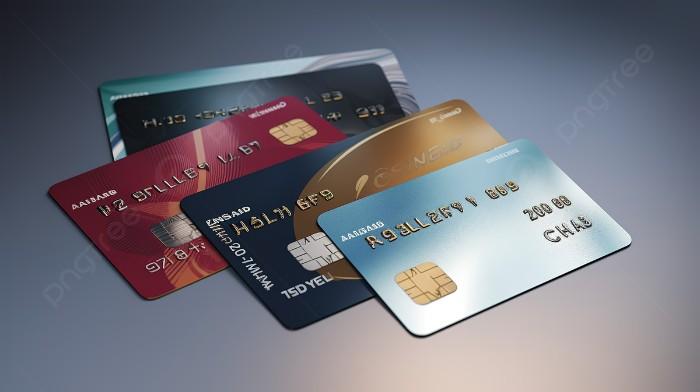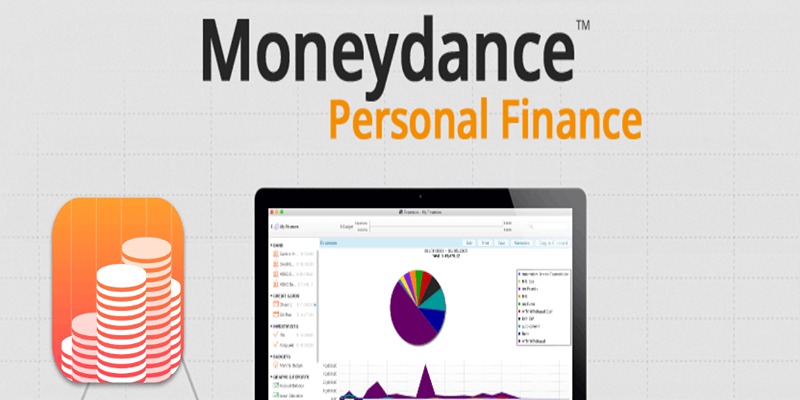What Are the Different Types of Credit Card Designs?
Nov 20, 2023 By Triston Martin
There are so many possibilities when it comes to personalizing your credit card! Not only can you choose the provider you want and select the benefits that best suit your needs, but you also get to choose what type of design suits your style.
Whether it is about color or sparkles, a simple stripe pattern, a minimalist black and white motif, or something unique and eye-catching like an animal print – express yourself with every swipe.
Read on to see the different credit card designs available and decide which is right for you!
5 Different types of credit cards

There are ten main types of credit cards available, each with its benefits and drawbacks.
1) Cash-back credit cards
Cash-back credit cards offer different rewards, including a flat rate on all purchases, bonus points in specific categories like dining or travel, and changing bonus rewards each quarter. The specific reward structure varies depending on the card you choose.
Some cash-back credit cards offer no annual fees, but others with better rewards and bonuses may charge an annual fee under $100.
A bonus category card would be preferable than a flat-rate card if you devote more money in particular areas, like groceries or restaurants. A flat-rate card would be ideal if your spending fluctuates and you require a daily card.
Check out our top cash-back credit card offers, which include:
- Citi® Double Cash Card - great for earning up to 2% cash back
- Discover it® Cash Back - ideal for rotating cash back categories
- Capital One SavorOne Cash Rewards Credit Card - perfect for earning cash back on dining.
2) Travel rewards credit cards
Travel rewards credit cards offer great benefits if you frequently travel. DYoucan earn bonus points for booking flights or hotel stays. Depending on the card. Some cards even offer exclusive benefits such as priority boarding, free checked bags, and discounts on in-flight purchases.
Most travel rewards credit cards have annual fees of around $95-$250. If you are a frequent traveler, these fees can be offset by the rewards you earn from using the card.
Check out our top travel rewards credit card offers, which include:
- Chase Sapphire Preferred® Card - great for earning travel rewards on airfare and hotels
- Capital One Venture Rewards Credit Card - ideal for earning bonus miles and discounts on hotel stays
- Citi Premier℠ Card – perfect for redeeming points on airline tickets.
3) Balance transfer cards
Balance transfer cards are designed for people who need to focus on paying down debt. These cards have low-interest rates, usually under 5%, and no annual fees.
Depending on your chosen card, the introductory period can range from 6 months up or more. This credit card type is a great option to quickly consolidate your debts.
- Check out our top balance transfer credit card offers, which include:
- Chase Slate® - great for 0% intro APR on balance transfers for 15 months
- Discover it® Balance Transfer - ideal for a long intro period of 18 months with 0% APR
- Citi Simplicity® Card – perfect for no late fees or penalty rate.
4) Student credit cards
Student credit cards are designed to help students build their credit history and learn how to manage debt responsibly.
These cards usually have modest rewards, such as cash-back bonuses on gas station purchases, and generally don’t have annual fees.
If you are a student looking to establish your credit score, check out our top student credit card offers, which include:
- Discover it® Student Cash Back - great for earning 5% cash back on select categories
- Journey® Student Rewards from Capital One® - ideal for 1% cash back on all purchases
- Citi Rewards+℠ Student Card – perfect for redeeming points at supermarkets.
5) Secured credit cards
Secured credit cards are designed for people with bad or no credit who must build their scores. With a secured card, you’ll need to put down a deposit as collateral that the issuer will hold.
You’ll then be able to use the card like any other credit card. The key difference is that your spending limit can’t exceed your deposit amount.
If you need to rebuild your credit, check out our top secured credit card offers, which include:
- Capital One® Secured Mastercard® - great for building your credit score
- Discover it® Secured Credit Card - ideal for earning rewards on gas and restaurant purchases
- Wells Fargo Secured Credit Card – perfect for no annual fee.
How to get different credit card designs?

Most credit cards offer a variety of designs that may be chosen to replace the standard design. Often, these are designs that feature seasonal themes or special promotions. There are also designs featuring images and artwork from popular culture.
Some card issuers even allow you to upload your photo and use it as the design for your card. If you’re looking for something unique, it’s worth checking to see what credit card designs are available.
Many credit card issuers offer cards that feature a simple color scheme with minimal graphics or text for those looking for something more subtle.
These cards can be used in professional and casual settings without drawing too much attention. In addition to the standard designs offered by most banks, many cards feature unique designs from well-known artists or photographers.
FAQs
What are the design specifications of a credit card?
Credit card designs vary from issuer to issuer, but generally, all credit cards will have the cardholder's name embossed in raised lettering, a magnetic strip for transactions, and an EMV chip.
The design may also feature the logo of the financial institution that issued the card and a visual representation of a security code. Some issuers may add features like holograms or metallic finishes to the design for added security.
What are common credit card formats?
Credit cards come in several formats, including standard and mini sizes. Standard-sized credit cards are 3.37 inches wide by 2.125 inches tall, while mini cards are 3.19 inches wide by 1.945 inches tall.
There may be some variation between the size of different card issuers' designs, so always check with your financial institution for specific measurements.
What are the different types of credit card designs?
Credit cards come in various designs, from simple solid color cards to more unique and artistic designs. Popular design options include metallic finishes, holograms, embossed logos and text, photograph backgrounds, 3-D imagery, and intricate patterns or artwork.
There is no limit to the creativity possible regarding credit card designs, so take the time to find one that fits your style.
Conclusion
This article has given you a better understanding of the different credit card designs available. From classic, minimalist cards to those adorned with art and creative designs, there’s a credit card for every style.
Before applying for a new card, take the time to consider what type of credit card design you prefer and choose one that best suits your needs.
-
 Know-how Sep 18, 2024
Know-how Sep 18, 2024Moneydance Review: Unpacking Its Key Benefits and Features
Discover how Moneydance simplifies personal finance management with its user-friendly interface, comprehensive features, and strong security options.
-
 Banking May 18, 2024
Banking May 18, 2024Uncovering the Best Alternatives to Edgewonk: Elevate Your Trading Game
Discover the best alternatives to Edgewonk, the popular trading journal software. Explore these options by reading this guide to improve your trading performance and get better outcomes.
-
 Banking Jan 26, 2024
Banking Jan 26, 2024LendEDU’s Credit Card Reports
What about which credit card is right for you? Let the experts at LendEDU provide in-depth evaluations and expert insights to help you make an informed decision. Read on to find out more about our comprehensive approach!
-
 Business Oct 24, 2024
Business Oct 24, 2024Prepare for a Business Loan Meeting: Tips for Success
This article provides a detailed guide on how to confidently approach your lender for a business loan. Learn how to prepare, what documents to bring, and how to present your business plan to increase your chances of securing the loan. Tips include organizing your financials, improving your personal credit, and offering collateral to back your request.
